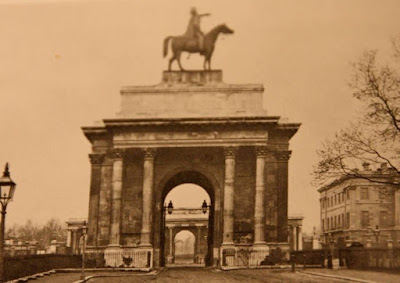Twelfth Night By the very fangs of malice I swear, I am not that I play…
Pell Mell Theatre Company are delighted to announce their upcoming production of “Twelfth Night” at the Space Theatre. In his decadent, decaying music hall Orsino, a maniacal master of ceremonies, is desperate to pull his former leading lady Olivia, lost in a sinkhole of depression, back onto the stage and into his arms. The only one who can bring a smile back to her face is Orsinoʼs newest recruit, the clown Cesario, a youth with remarkable talents, not only for avoiding uncomfortable questions about the past but also, it seems, for appearing in two places at once…
Using Shakespeareʼs stunningly lyric text alongside a wide range of live music, dance and circus performance Pell Mell presents a bold, boisterous exploration of love, madness and identity as storms rage, families break apart and a steward called Malvolio comes to regret his choice of stockings!
Director Natalie York says “Shakespeare’s text is packed so full of music, magic and deception, for us it fitted perfectly in the world of a theatre where no one is quite who they say they are or what they want to be. The hierarchies, petty jealousies and wild emotions that drive this twisted, brilliant comedy take on a new sense of reality and absurdity amongst gossiping showgirls, arrogant leading ladies, unpredictable clowns and obsessive fans.”
Pell Mell Theatre Company brings its trademark extravagant style to bear on this rich, multifaceted play. Working with the best emerging designers and composers to draw back the curtain on a living, breathing Victorian theatre, from the opulent productions to the grimy backstage nooks and crannies. Off West End Award nominated choreographer Thomas Michael Voss will be masterminding a dazzling range of dances, acrobatics and variety entertainment to bring every moment thrillingly to life.
Committed to bringing large-scale productions to the world of fringe theatre, Pell Mell creates shows that tackle classic texts with vibrancy and nuance. Past productions have included “A Midsummer Night’s Dream” and “The Duchess of Malfi” which received 5* and 4* reviews at The New Diorama Theatre in 2014. The company also has a strong history of collaboration with various charities, including Rape Crisis and Mind UK, and relaxed performances are included as an important part of each production, where a comfortable and engaging environment is provided for audiences with mental health difficulties.
“Twelfth Night” will mark Pell Mell Theatre Companyʼs fifth London production and first time at The Space Theatre in Canary Wharf.
Praise for Pell Mell Theatre Company A totally engrossing production…
if you see any fringe theatre this year this is it! Whatʼs On London * * * * *
A triumphant gem of a production! A classic period piece that effortlessly bridges the original era and the modern day Everything Theatre * * * *
An excellent, deliciously dark production London Theatre One Shows taking place at The Space Theatre 269 Westferry Road, London E14 3RS Dates: Tues 21st July – Sat 8th August, 7:30pm (excludes Mondays & 31st July – 1st August)
Tickets: £14/£10 Book tickets via www.camdenfringe.com
Press contact: Sophie Tuck telephone: 07880912242 email: theatre.pellmell@gmail.com



























